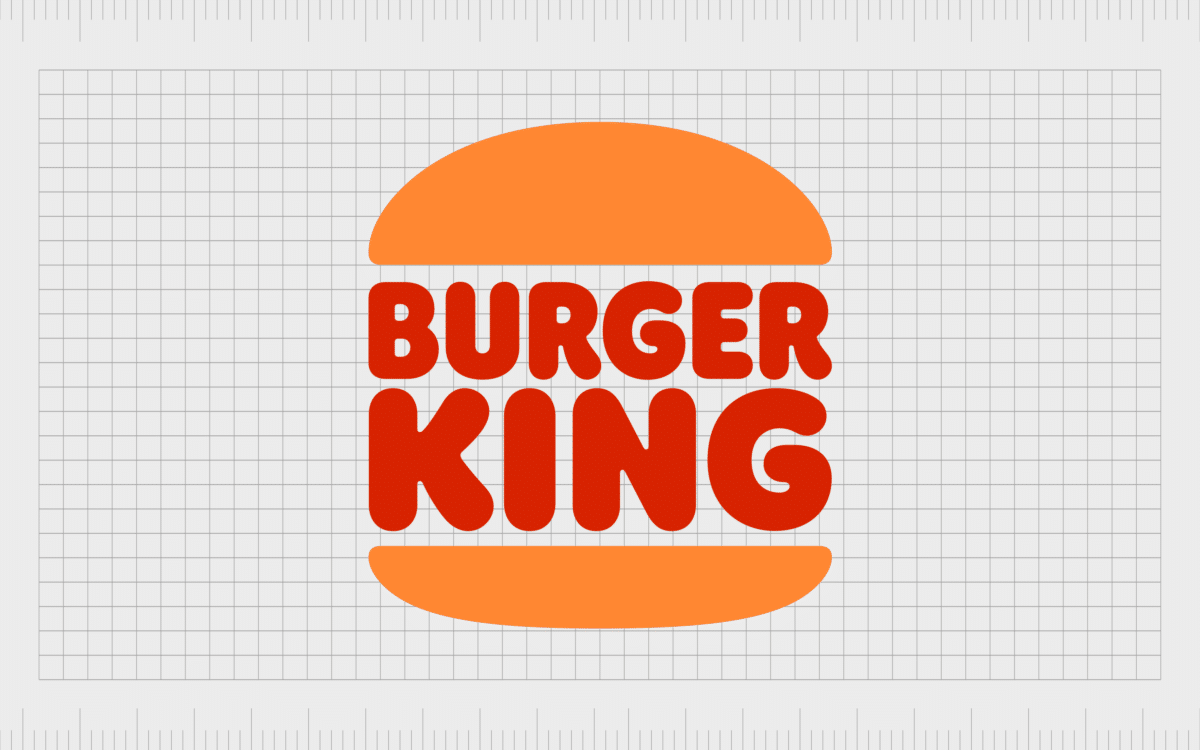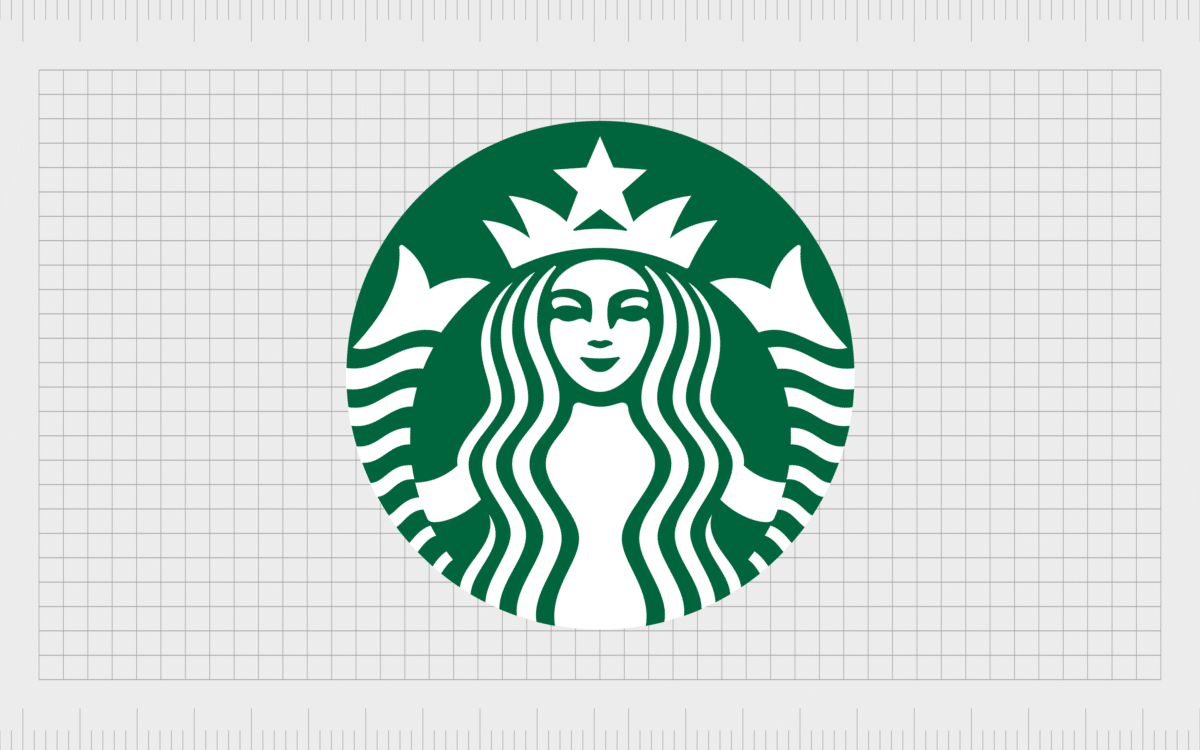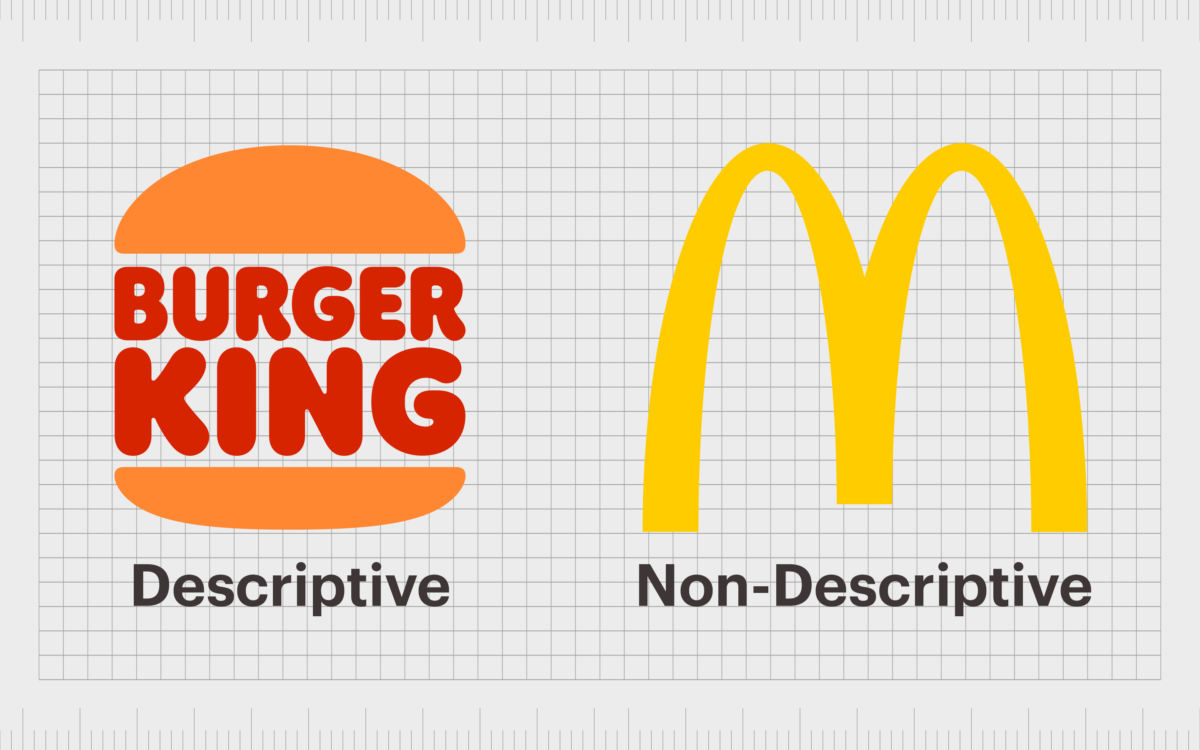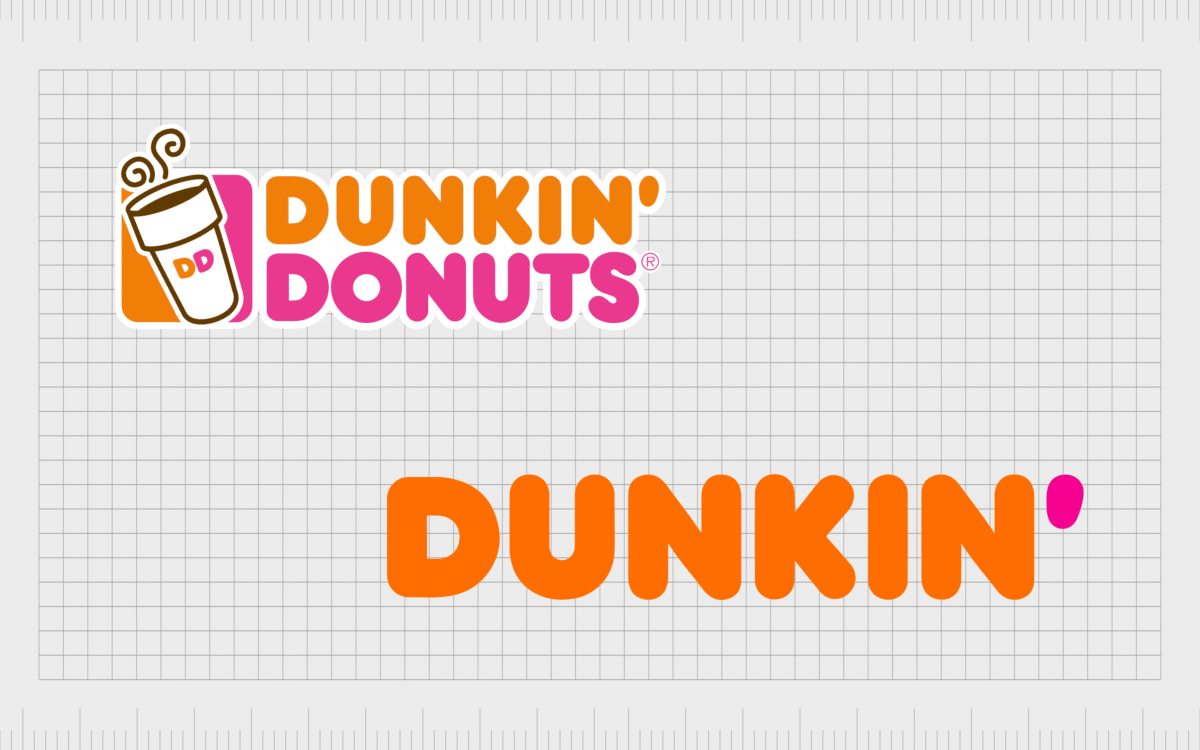Descriptive vs non-descriptive logo: Which is right for you?

Descriptive vs non-descriptive logo, which is the right option for your brand? One of the first crucial decisions you’ll make when branding your business, opting for “descriptive” or “non descriptive” will have a critical impact on the first impression you make with your customers.
On the one hand, a descriptive logo is a valuable way to give your customers information about your company instantly. Since one of the primary purposes of a logo is to help your customers understand your business and what it does, descriptive logos can make a lot of sense.
On the other hand, non-descriptive logos can have a more emotional impact in the right circumstances. They’re also extremely useful for businesses with multiple products to sell, and those from less appealing industries with negative visual connotations.
So, how do you decide between descriptive vs non-descriptive logos?

What is a descriptive logo?
The first step in determining whether descriptive or non-descriptive logos are right for your brand, is defining both options. Descriptive logos are exactly what they sound like – emblems which describe what your business is, or what it does.
Think about the difference between Burger King and McDonalds.
McDonalds’ golden arches logo might be iconic, but it doesn’t tell you you’re dealing with a fast-food restaurant.
Burger King, on the other hand, utilizes the shape of a burger, as well as the word “burger” in the name, to provide instant information.
Descriptive logos are ideal for quickly providing your audience with information about what they can expect from your business. These images don’t leave your customers guessing. They tell clients straight away what kind of service or product you sell.

What is a non-descriptive logo?
Where a descriptive logo is designed to provide all kinds of information through shapes, graphics and text, non-descriptive logos are more subtle.
A non-descriptive logo is evocative, rather than informative. It aims to provide insights into the values or personality of the company, without actually telling customers what the brand does.
Non descriptive logos are simple, minimalist, and ideal for a range of environments. They convey feelings and ideas about a business, while helping to generate brand recognition. However, on their own, they can be difficult to understand at a glance.
With non-descriptive logos, you’re essentially leaving your customers to guess at what your business can offer. While this might not be a problem for some larger brands, like Starbucks, or McDonalds, it is an issue for smaller, growing businesses.

Descriptive vs non-descriptive logos: Which is best?
The argument of whether descriptive or non-descriptive logos are better-suited for branding has been raging for quite some time.
Descriptive logos immediately provide insights into the tangible benefits of a brand and stimulate the interest of your customers. A descriptive logo also helps with building brand awareness, and making your company seem more transparent.
However, around 60% of companies use non-descriptive logos to define themselves to customers. This may be because non-descriptive logos are often considered simpler, and more modern.
While there’s no one-size-fits-all strategy for choosing the right logo design, we can learn a little about customer preferences from research.
A study by the Harvard Business Review into the logos of 597 businesses found customers generally prefer descriptive logos over non-descriptive ones.
According to the report, customers said they considered the informative nature of descriptive logos to be more trustworthy and authentic than non-descriptive ones. In fact, customers were more likely to buy products from companies with descriptive logos.
Separate research from the same team also looked at 423 businesses with descriptive and abstract logos and collected financial data to see how lucrative these companies were. The research found descriptive logos generally led to more sales than non-descriptive ones.
According to HBR, the reason for this was customers could make better decisions using descriptive logos, about which businesses to buy from. Additionally, descriptive logos are more trustworthy.
Choosing a descriptive or non-descriptive logo
Notably, while the research from Harvard Business Review provides some useful insights into why descriptive logos are usually effective, the findings aren’t as black and white as they may seem. Descriptive logos are considered to deliver more positive interest for unfamiliar and familiar brands. However, the effects are different for popular, big brands.
Because most customers are already familiar with well-known businesses, and what they offer, they’re not likely to be influenced as much by their logo. As such, companies like Nike and McDonalds continue to achieve high levels of success with non-descriptive logos.
Harvard also highlighted companies with products or services which might have negative associations might be better off with non-descriptive logos.
For instance, using an image of a burger in your logo is great if you’re a food company. However, if you’re a business selling funeral or extermination services, you don’t want to use coffins or dead animals in your brand image.
In some cases, descriptive logos can even be extremely restrictive. For example, when your company sells a wide range of products and services, showing just one image, or highlighting a specific product can make it difficult to understand what you actually sell.
This is why Dunkin’ Donuts eventually dropped the descriptive elements of its logo, to stop customers from assuming it only sold donuts.

If your business sells a wide range of products and services, you might find it difficult to accurately depict everything you have to offer in one image, without making your logo seem overwhelming or cluttered.
When to use descriptive or non-descriptive logos
Research shows us descriptive logos are generally more trustworthy and informative than their non-descriptive counterparts. This makes descriptive images a great choice for smaller companies just making their way into their marketplace, and brands with a clear visual identity.
However, there are pros and cons to descriptive and non-descriptive logos.
While many businesses will benefit from the transparency and informative nature of descriptive logos, a lot of companies would be better-served by a non-descriptive logo.
Although there’s no one-size-fits-all to choosing the right logo, there are some instances where descriptive or non-descriptive logos may make more sense.
The best times to use a non-descriptive logo
You’re most likely to benefit from a non-descriptive logo if:
You’re in an industry with negative connotations
If you sell products or services with negative connotations, like a funeral service, it’s best to go non-descriptive. Upsetting images can drive customers away from your brand.
You sell a huge number of products
If you sell a wide variety of products and services, and don’t want your customers to associate you with just one thing, a non-descriptive logo can have a broader appeal than a descriptive alternative.
You’re an established brand
As shown in the Harvard Business Review study, established companies don’t need to rely on descriptive logos to earn customers. If your clients already know what your business does and what you stand for, you can opt for a non-descriptive logo.
The best times to use a descriptive logo
You’ll benefit most from a descriptive logo if:
You want to earn customer trust
Consumers often associate descriptive logos with a higher level of authenticity and transparency. This can make it easier for companies to earn trust from their target audience, particularly when they’re new to the industry.
There’s a clear visual avenue for your brand
If you can see a clear opportunity to visually describe what you do to your customers, it makes sense to use a visual logo. This was the case for companies like Burger King.
You sell a very specific product
If you sell a specific product or service, rather than a wide range of options, you can benefit from highlighting your speciality in a descriptive logo.
Descriptive vs non-descriptive logos
Ultimately the descriptive vs non-descriptive logo debate isn’t as simple as it seems. While descriptive logos definitely have their benefits, they won’t be suitable in all instances.
Companies should make sure they think carefully about the impact a descriptive or non-descriptive logo might have before they begin designing.
As mentioned above, some companies won’t need to worry about whether their logo is descriptive or not. Bigger brands already have the right impact on their target audience, and they benefit from customers already knowing what they sell.
Alternatively, if you’re a smaller brand, a descriptive logo could help you to get ahead of the competition.
Not sure where to go with your logo? Try reaching out to Fabrik Brands for some guidance and expertise on building the perfect brand image.
Fabrik: A branding agency for our times.
Now read these:
—What is a non-descriptive logo?
—Your guide to descriptive logos
—Clarifying the simplified logo trend
















